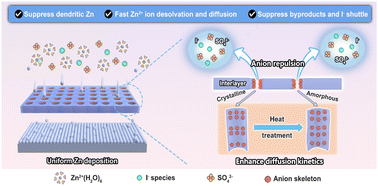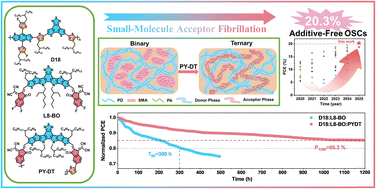Loss of neuropeptidergic regulation of cholinergic transmission induces homeostatic compensation in muscle cells to preserve synaptic strength
by Jiajie Shao, Jana F. Liewald, Wagner Steuer Costa, Christiane Ruse, Jens Gruber, Mohammad S. Djamshedzad, Wulf Gebhardt, Alexander Gottschalk Chemical synaptic transmission at the neuromuscular junction (NMJ) is regulated by electrical activity of the motor circuit, but may also be affected by neuromodulation. Here, we assessed the role of neuropeptide signaling in the plasticity of NMJ function in Caenorhabditis elegans. We show that the CAPS (Ca2+-dependent activator protein for secretion) ortholog UNC-31, which regulates exocytosis of dense core vesicles, affects both pre- and post-synaptic functional properties, as well as NMJ-mediated locomotion. Despite reduced evoked acetylcholine (ACh) transmission, the loss of unc-31 results in a more vigorous response to presynaptic stimulation, i.e., enhanced muscle contraction and Ca2+ transients. Based on expression profiles, we identified neuropeptides involved in both cholinergic (FLP-6, FLP-15, NLP-9, NLP-15, NLP-21, and NLP-38) and GABAergic motor neurons (FLP-15, NLP-15), that mediate normal transmission at the NMJ. In the absence of these peptides, neurons fail to upregulate their ACh output in response to increased cAMP signaling; for flp-15; nlp-15 double mutants, we observed overall increased postsynaptic currents, indicating that these neuropeptides may be inhibitory. We also identified proprotein convertases encoded by aex-5/kpc-3 and egl-3/kpc-2 that act synergistically to generate these neuropeptides. We propose that postsynaptic homeostatic scaling, mediated by increased muscle activation, likely through excitability, might compensate for the reduced cholinergic transmission in mutants affected for neuropeptide signaling, thus maintaining net synaptic strength. We show that in the absence of UNC-31 muscle excitability is modulated by upregulating the expression of the muscular L-type voltage-gated Ca2+ channel EGL-19. Our results unveil a role for neuropeptidergic regulation in synaptic plasticity, linking changes in presynaptic transmission to compensatory changes in muscle excitability.
by Jiajie Shao, Jana F. Liewald, Wagner Steuer Costa, Christiane Ruse, Jens Gruber, Mohammad S. Djamshedzad, Wulf Gebhardt, Alexander Gottschalk Chemical synaptic transmission at the neuromuscular junction (NMJ) is regulated by electrical activity of the motor circuit, but may also be affected by neuromodulation. Here, we assessed the role of neuropeptide signaling in the plasticity of NMJ function in Caenorhabditis elegans. We show that the CAPS (Ca2+-dependent activator protein for secretion) ortholog UNC-31, which regulates exocytosis of dense core vesicles, affects both pre- and post-synaptic functional properties, as well as NMJ-mediated locomotion. Despite reduced evoked acetylcholine (ACh) transmission, the loss of unc-31 results in a more vigorous response to presynaptic stimulation, i.e., enhanced muscle contraction and Ca2+ transients. Based on expression profiles, we identified neuropeptides involved in both cholinergic (FLP-6, FLP-15, NLP-9, NLP-15, NLP-21, and NLP-38) and GABAergic motor neurons (FLP-15, NLP-15), that mediate normal transmission at the NMJ. In the absence of these peptides, neurons fail to upregulate their ACh output in response to increased cAMP signaling; for flp-15; nlp-15 double mutants, we observed overall increased postsynaptic currents, indicating that these neuropeptides may be inhibitory. We also identified proprotein convertases encoded by aex-5/kpc-3 and egl-3/kpc-2 that act synergistically to generate these neuropeptides. We propose that postsynaptic homeostatic scaling, mediated by increased muscle activation, likely through excitability, might compensate for the reduced cholinergic transmission in mutants affected for neuropeptide signaling, thus maintaining net synaptic strength. We show that in the absence of UNC-31 muscle excitability is modulated by upregulating the expression of the muscular L-type voltage-gated Ca2+ channel EGL-19. Our results unveil a role for neuropeptidergic regulation in synaptic plasticity, linking changes in presynaptic transmission to compensatory changes in muscle excitability.













































































































































